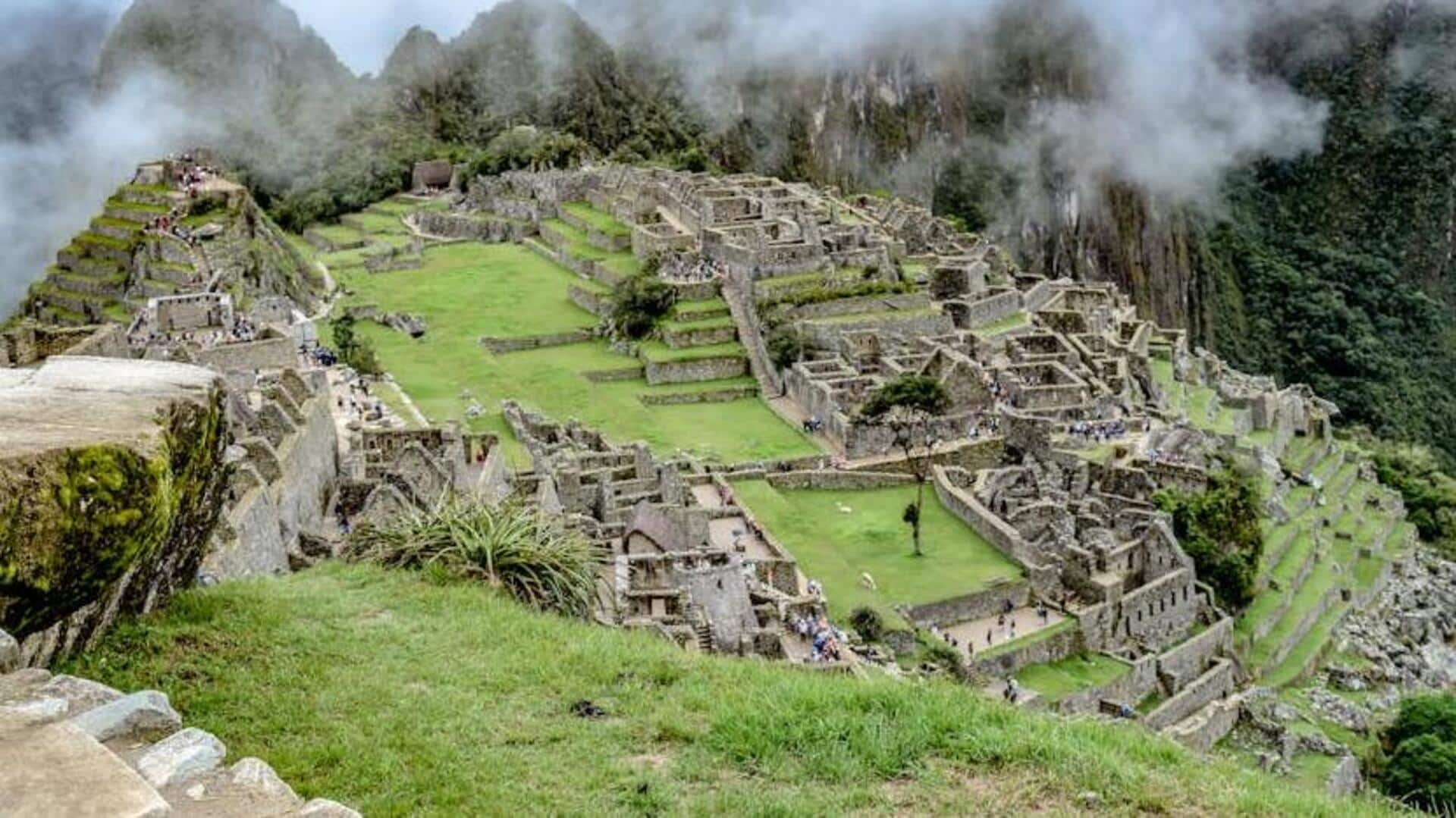
Journey to Machu Picchu: Unveiling Peru's ancient marvel
What's the story
Machu Picchu, known as the Lost City of the Incas, stands as a testament to the ancient Inca civilization's ingenuity. Nestled high in the Andes Mountains of Peru, this UNESCO World Heritage site offers breathtaking views and a glimpse into a bygone era. Accessible by train or hiking trails, it attracts adventurers and historians alike, eager to explore its stone structures and terraced fields.
Planning
Plan your visit: Best times and tips
The best time to visit Machu Picchu is during the dry season from May to October when clear skies offer spectacular views. Arriving early in the morning helps avoid crowds and midday heat. Tickets should be purchased in advance as there's a daily visitor limit. Consider staying in nearby Aguas Calientes for easy access to the site.
Hiking
Hiking the Inca Trail: An adventure
For those seeking adventure, hiking the Inca Trail offers an unforgettable journey through cloud forests and past ancient ruins, culminating in a sunrise view of Machu Picchu from Sun Gate. The classic trail takes four days but requires booking months in advance due to permit limitations. Shorter treks are also available for those with limited time.
Exploration
Exploring Machu Picchu: Beyond the ruins
Once at Machu Picchu, visitors should not miss exploring iconic structures such as the Temple of the Sun and the Intihuatana stone. Climbing Huayna Picchu or Machu Picchu Mountain offers unforgettable panoramic views, but remember, separate tickets are required for these climbs. For those keen on learning more about Incan history and architecture, knowledgeable guides are available right at the entrance.
Conservation
Conservation efforts: Respectful tourism
Visitors must follow conservation efforts by staying on marked paths, not touching or climbing on the ruins, and removing all trash. These actions help preserve Machu Picchu for future generations, fostering a sustainable relationship between tourism and heritage conservation. By adhering to these guidelines, travelers can experience the wonder of Machu Picchu and contribute to its preservation, connecting deeply with its historical significance.